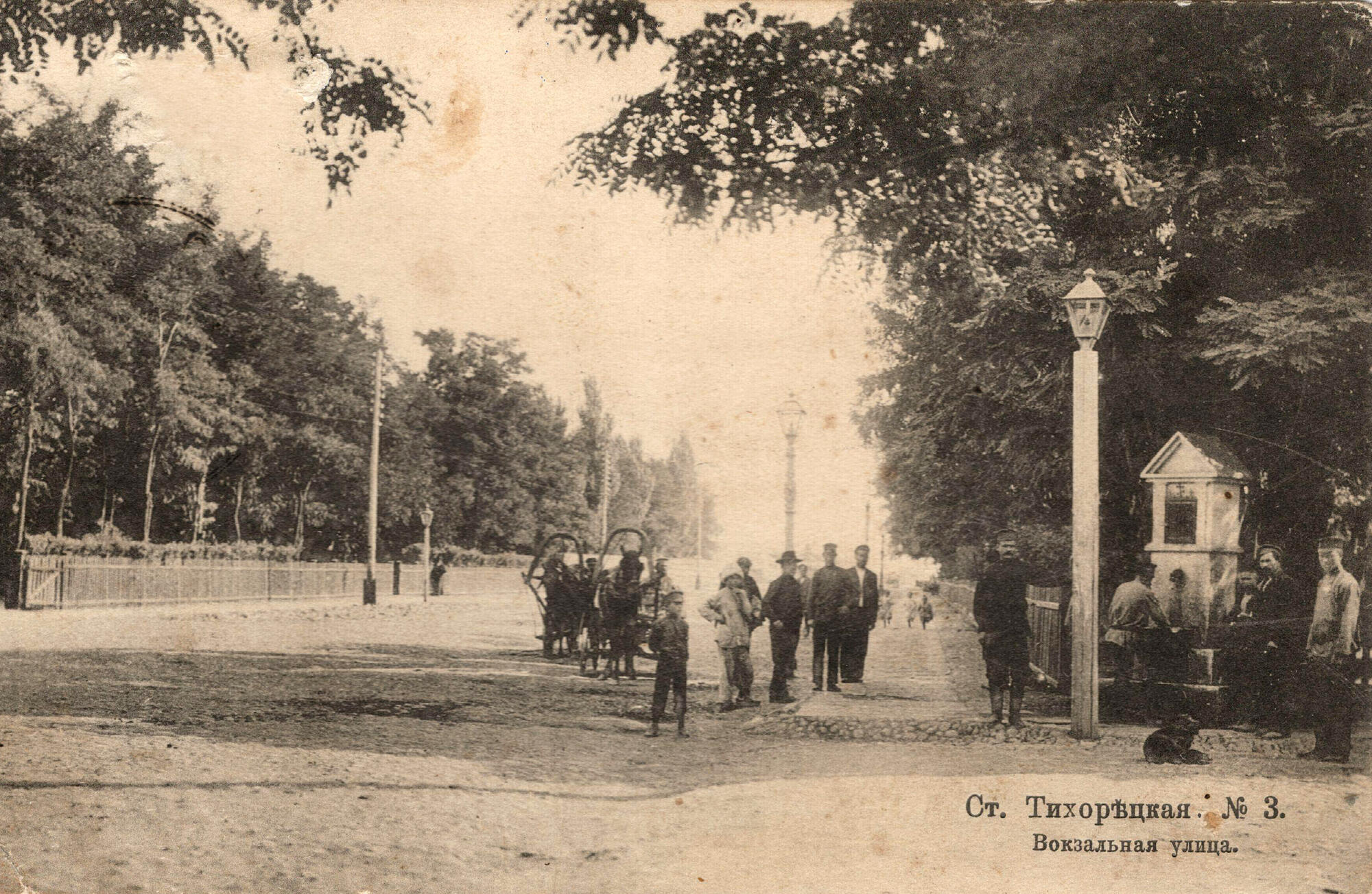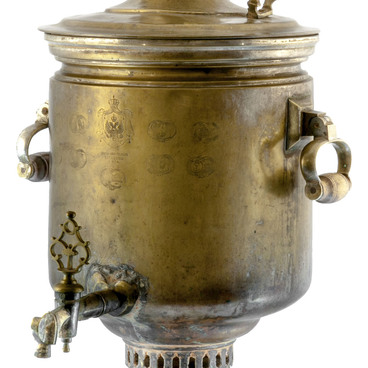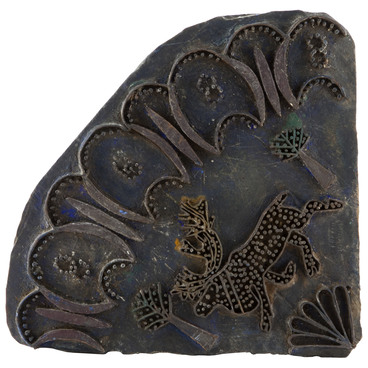One of the stages in expanding the geography of the seasonal work of the boiler makers falls on the period of intensive construction of railways in Russia. The Central Asia by the end of the 80s of the century before last became the part of Russia. Since 1881 the railways began to be built in Turkestan, and in 1891 the construction of the world’s largest Trans-Siberian Railway Network from Chelyabinsk to Vladivostok with a length of 8.3 thousand kilometers began. The construction of the Great Siberian Railway took place simultaneously with the construction of its western and eastern sections: the Ussuri Railway (1891-1897), West Siberian (1892-1896), Trans-Baikal (1895-1905), Chinese Eastern (1897-1901), Circum-Baikal (1899-1905) and Amur Railway (1908-1916). For the railways it was necessary to build a large number of metal bridges, and crowds of the boiler makers from the Gorokhovets sheading rushed to these construction sites. There were so many people who left the city and the sheading to build bridges that in the sheading during this period an expression appeared indicating the boiler maker’s place of work – ‘on the bridges’. The huge army of the Gorokhovites-boiler makers worked on the railways of Russia in the depots and railway workshops. Ivan Aleksandrovich Shorin, a peasant from the village Vyezd, in 1888-1897 worked in the Drafting office of Bari and then he became the head of workshops at the Tikhoretskaya station in the Vladikavkaz railway. Subsequently he became the owner of the Gorokhovetsky boiler plant, which later became the shipbuilding yard.
#1
The Tikhoretskaya station
#2
#3
Gorokhovets History and Architecture Museum
read morehide
The Tikhoretskaya station
Dimensions
15x21 cm
Technique
A post-card, paper
Exhibition
1
Open in app
Share



